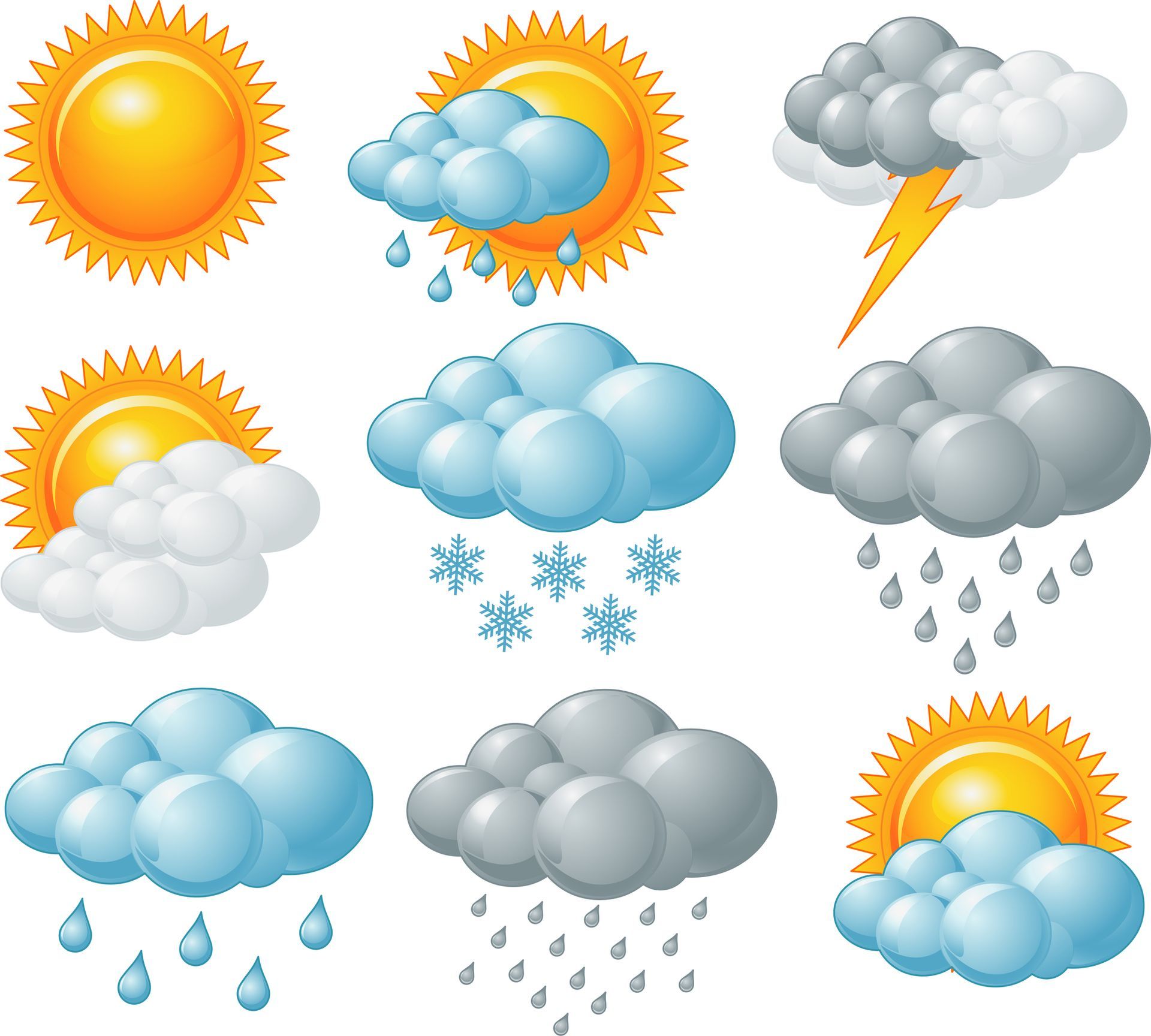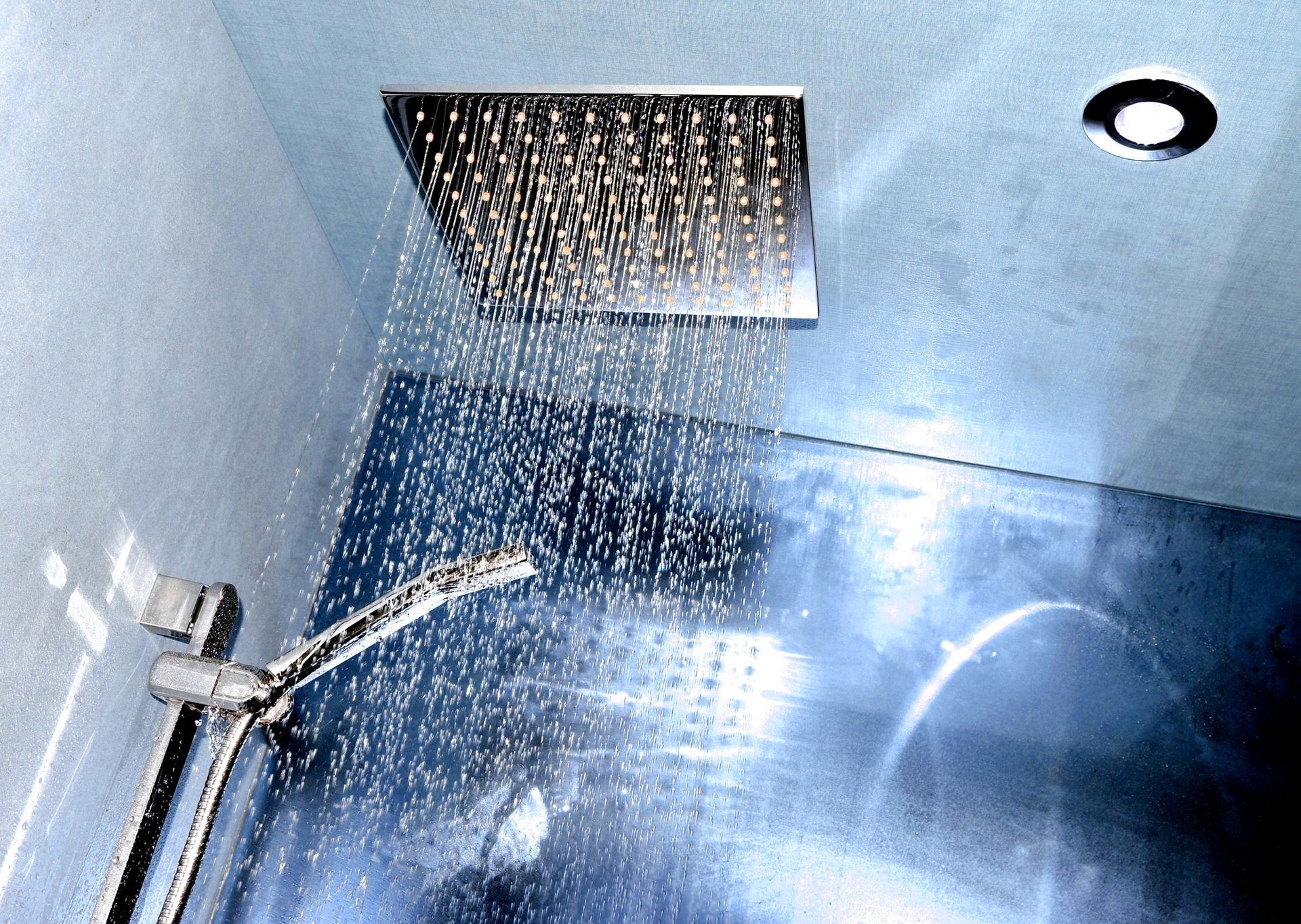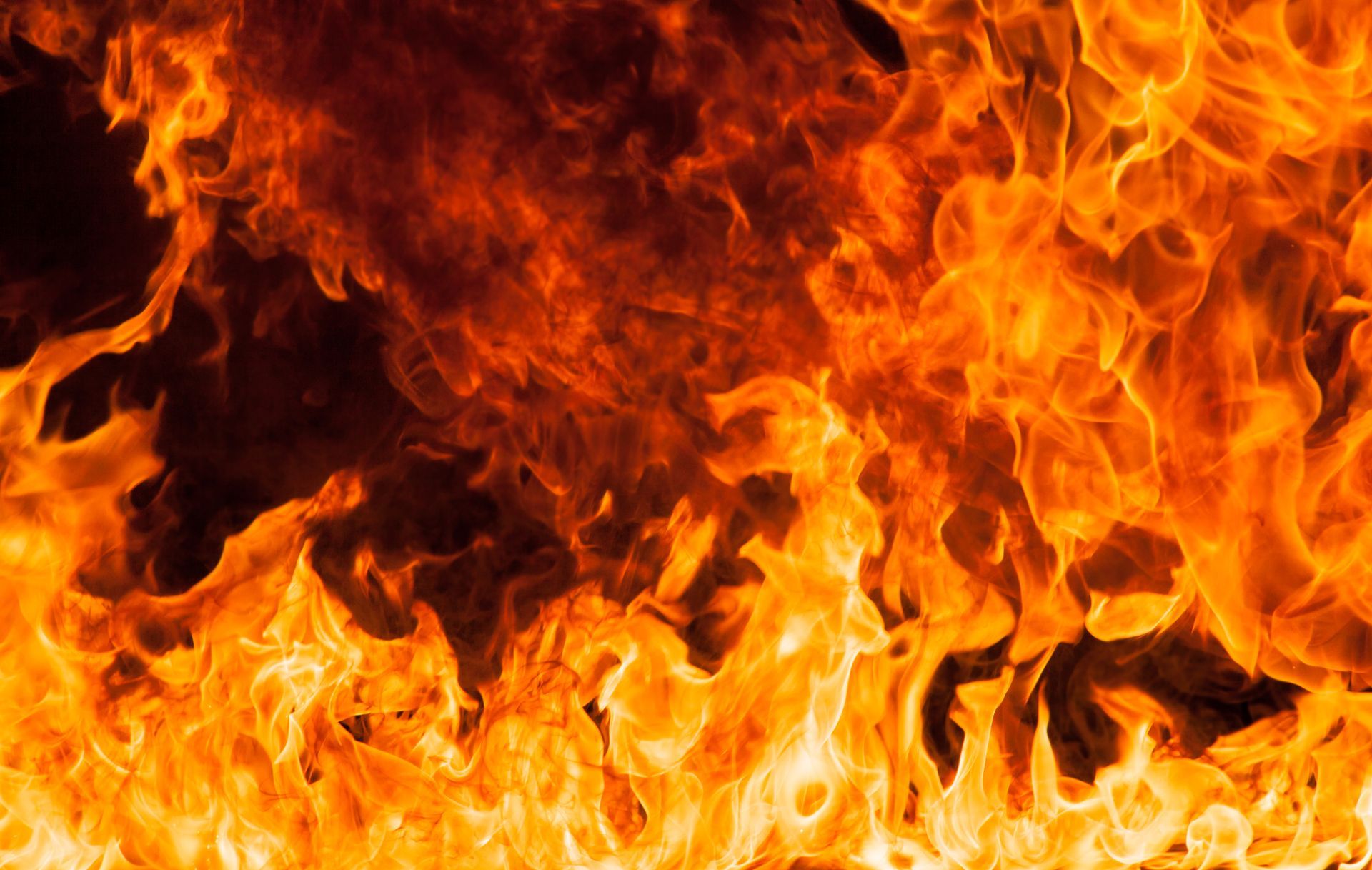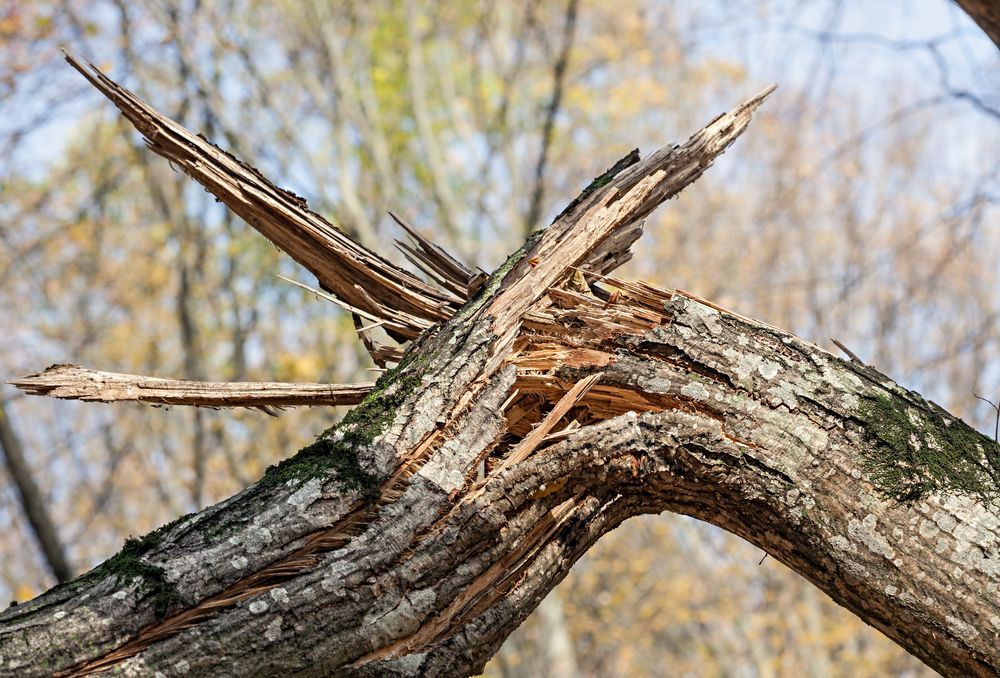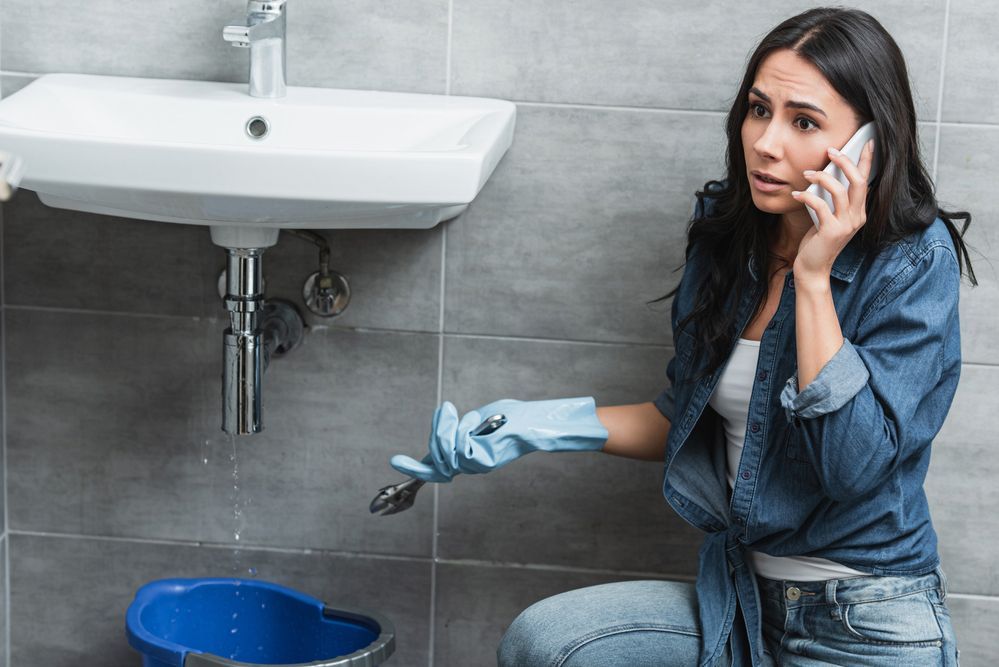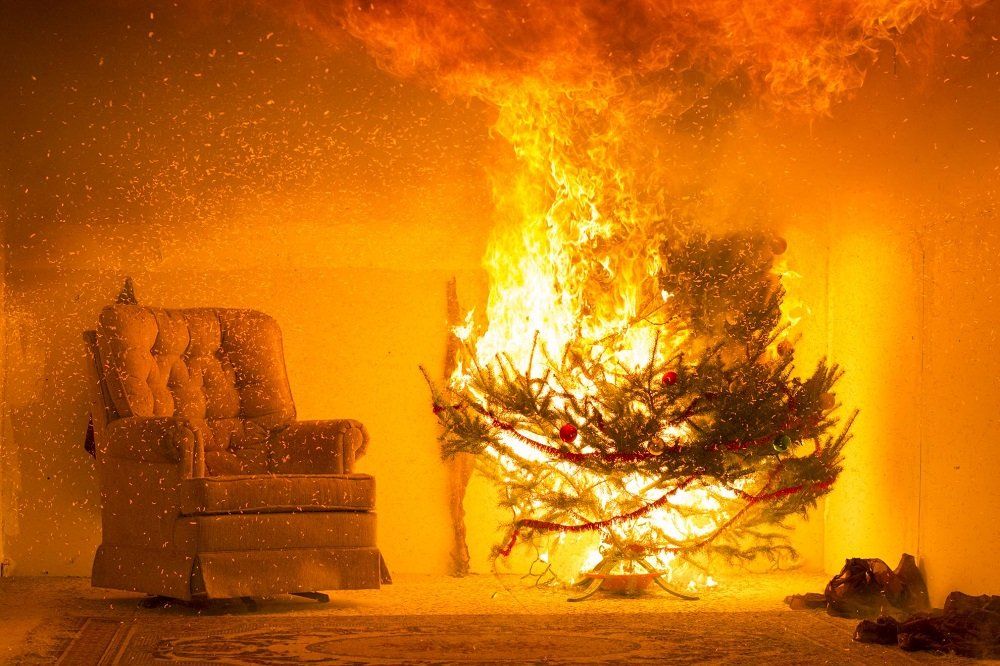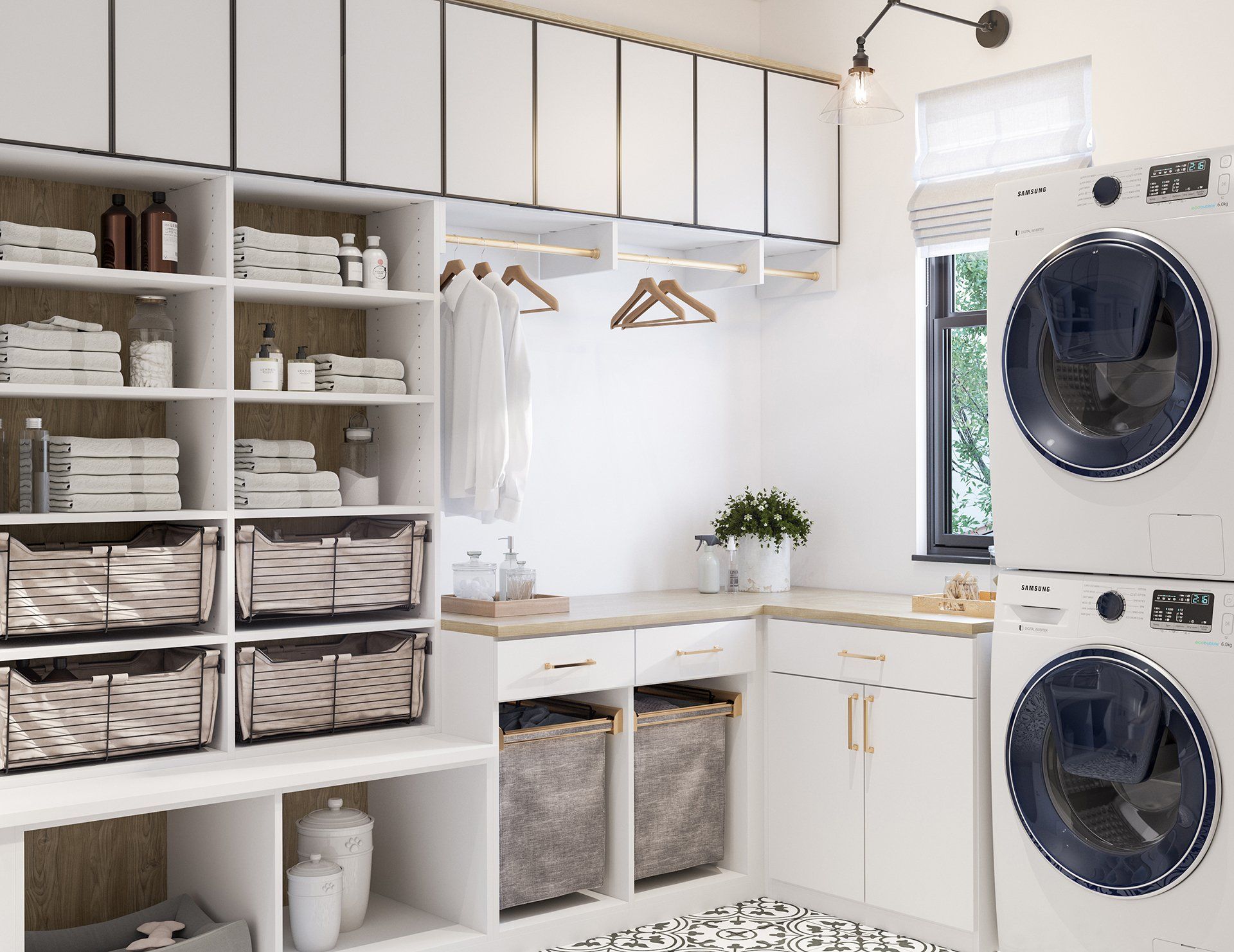
443-290-5797
Preventing Summer Heat Damage
Preventing Summer Heat Damage to Your Eldersburg Property

Who doesn't love summer with its long-awaited getaways, picnics in nature, and intimate dinners on the porch? In many places, summer is marked by long periods of intense heat, with daytime temperatures often exceeding 90 °F.
As a result, homeowners have to spend a lot on powerful air conditioning systems, which can be very expensive, to protect themselves from the annoying heat. No matter how hot it is outside, homeowners have many ways to drastically reduce costs and create a comfortable microclimate for themselves and their families.
Grow trees and shrubs
You can create a comfortable microclimate by planting trees and shrubs. During the summer, they provide delightful shade, preventing the walls from overheating and releasing stored heat at night. When winter approaches, the branches of plants are bare, allowing the desirable sun rays to reach inside. Decide which species you like and plant them in various parts of your home. Do not forget to keep them maintained and water them regularly, particularly in the summertime.
Make a light-colored facade
A darker surface under the sun's rays temperature increases a little bit faster than a lighter one. As a result, the walls of most buildings in southern cities are white. It doesn't mean admirers of spectacular decor should completely disregard bright colors when they search for coolness. Use the brighter colors as accents and leave the majority of your surfaces a lighter color to help cool your home.
Choose safe thermal insulation materials
Material with a lower thermal conductivity conducts heat less efficiently. The thermal insulation materials on the market are categorized into two groups:
Foamed isolators are organic polymers- polystyrene, Pennzoil, polyurethane foam, polyisocyanurate foam. They are flammable and release toxic substances when exposed to a flame. Monomers, which can cause cancer, are released gradually at room temperature by low-quality materials. Due to the low vapor permeability of foam insulation, there is a constant need for ventilation, which is why residential buildings are rarely insulated with such materials.
Mineral fiber insulation is based on inorganic fibers- glass wool, stone wool. They are also responsible for their good elasticity, fire safety, and vapor permeability. Water vapor is not blocked by them, nor does combustion take place. Glass wool is relatively water-resistant, which adversely affects its durability. Stone wool is a material made of natural stone with high heat and sound insulation properties. Unlike other insulation materials, this material is non-combustible (the melting temperature of the fibers is over 1800°F) and is safe.
Insulate the facade with special materials and technologies
There are different types of insulation materials available for facades (depending on their purpose and installation technology). In terms of thermal insulation and facade decoration, there are two optimal options.
Insulation under siding occurs when vinyl or wood siding is attached to a wooden frame made of vertical rails that are attached to an external wall. As a result, an air gap is created between the wall and the cladding - in the summer it acts as a buffer on the path of heat, and in the cold season, constant ventilation allows excess moisture to be removed from the structure. In addition, the solution must be durable, for example, using lightweight non-combustible stone wool slabs.
Plaster insulation is composite thermal insulation for facades made of plaster. The building is suitable for those interested not only in a comfortable microclimate but also in the spectacular appearance of its facade. The three layers of the system are:
- Insulation mounted directly on the wall using facade glue and dowels.
- A plaster base with a reinforced fiberglass mesh recessed in it, as well as
- decorative plaster that can be painted.
Calculate the appropriate layer of thermal insulation
Whether a house is properly insulated directly depends on the thickness of the insulation layer. This is true in both cases of facade insulation. Specialized engineers carry out heat engineering calculations based on local climatic conditions and heat losses in the building envelope.
You can focus on the experience from the construction of energy-efficient buildings, where the thickness of the thermal insulation layer is up to 300 mm on the walls and up to 500 mm on the roof if you wish to drastically reduce the cost of air conditioning and heating at home.
The need for special measures to protect houses from heat is not limited to hotter regions. It is not uncommon for high temperatures to last for long periods, negatively affecting our health and wallet. It is advisable to consider the comfort of a house, including the sultry summer, when it is constructed or rebuilt, but it is never too late to make some modifications.
Additionally, watch for mold growth and water damage during the summer months. This type of damage is most likely to occur during the summer, so stay alert. Don't hesitate to contact Restoration1 of Eldersburg if you find water damage or mold damage in your home!

